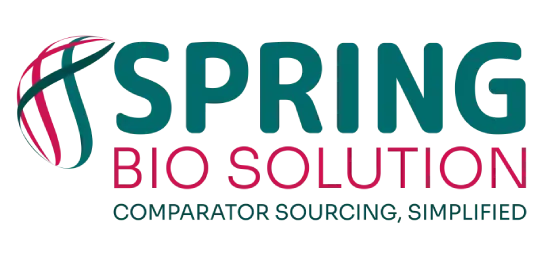Glossary of Clinical Terms
This section provides definitions for words and terms used in Clinical Terms


1️⃣ A “washout period” is a period of time during a clinical trial or treatment period when a participant and/ or a patient is devoid of any treatment. This is implemented by giving no treatment at all or by giving a placebo during this stipulated period. In clinical trials, the wash period is mainly to make patients completely treatment-naive and/ or eliminating the effects of the previous treatment before a test/ new treatment can be initiated.
2️⃣ The goal of a washout period is to allow the body to return to its natural state before beginning a new treatment or medication, so that any observed effects can be more accurately assessed for the new intervention. Washout periods are particularly important in crossover studies, where participants receive different treatments at different times. In these studies, the washout period is used to ensure that the effects of the first treatment have completely worn off before the participant receives the second treatment.
3️⃣ The length of the washout period can vary depending on the particular study and the treatments being used. It may range from a few days to several weeks. It is determined by half-life and pharmacokinetic profile of the study treatment. Shorter the half-life, shorter will be the wash-out period and longer the half-life longer is the wash-out period. Generally, the wash-out period is calculated as the total of minimum of four half-lives of the study medication in terms of hours and converted into days.
Looking to file an ANDA? Spring Bio Solution can be your perfect partner when it comes to sourcing comparator drugs. Please fill the form below for more details, or email us at bd@springbiosolution.com


